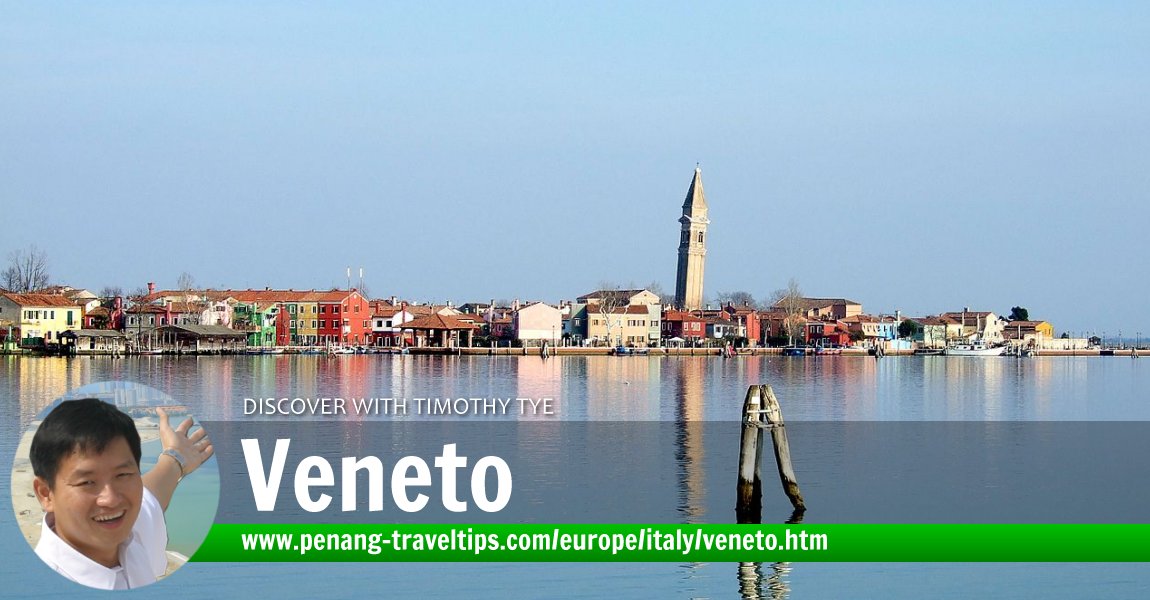 TriesteThe island of Burano in the Venetian Lagoon, Veneto, Italy
TriesteThe island of Burano in the Venetian Lagoon, Veneto, ItalySource: https://commons.wikimedia.org/wiki/File:Burano_view_from_Mazzorbo.jpg
Author: Unofeld781

Veneto is a region in northern Italy. It covers 18,399 sq km (7,104 sq mi) and has a population of 4.9 million people (2012 estimate). Its capital and biggest city is Venice.
Geography of Veneto
Veneto is bordered by Friuli Venezia Giulia to the east, Emilia Romagna to the south, Lombardy to the west and Trentino-Alto Adige/Südtirol to the north. It also shares a short border with Austria at its northernmost part. Veneto extends from Lake Garda on the west to the mouth of the river Tagliamento to the east. The coastal part of Veneto is characterized by the Venetian Lagoon which empties into the Adriatic Sea. Although much of the coastal area comprises marshland, islands and sandbars, Veneto also includes a section of the Dolomites, with the highest peak, the Marmolada, reaching to 3,342 m (10,965 ft).
Members' dining experience in the Veneto Region
- Chye Lim posted about dining on Salad with mix nuts and pink grapefruit, jumbo mini vegetarian burgers set + great local white wines in Vicenza, Italy, on 15 September, 2019.
- Chye Lim posted about the pastry "Flowers of Asolo" in Asolo, Italy, on 15 September, 2019.
Members' Travel Shots of the Veneto region
- ChyeLim Lee posted on Vicenza in the Veneto region on 17 September, 2019
- ChyeLim Lee posted on the town of Asolo on 17 September, 2019
- ChyeLim Lee posted on Villa di Maser - Villa Barbaro in Maser on 17 September, 2019
- ChyeLim Lee posted on Tempio Di Antonio Canova in Possagno on 17 September, 2019
Cities & Towns in Veneto
- Venice
- Abano Terme
- Badia (Abtei)
- Bardolino
- Bassano del Grappa
- Brenzone
- Caorle
- Cavallino-Treporti
- Cortina d'Ampezzo
- Padua
- Rovigo
- Verona
- Vicenza
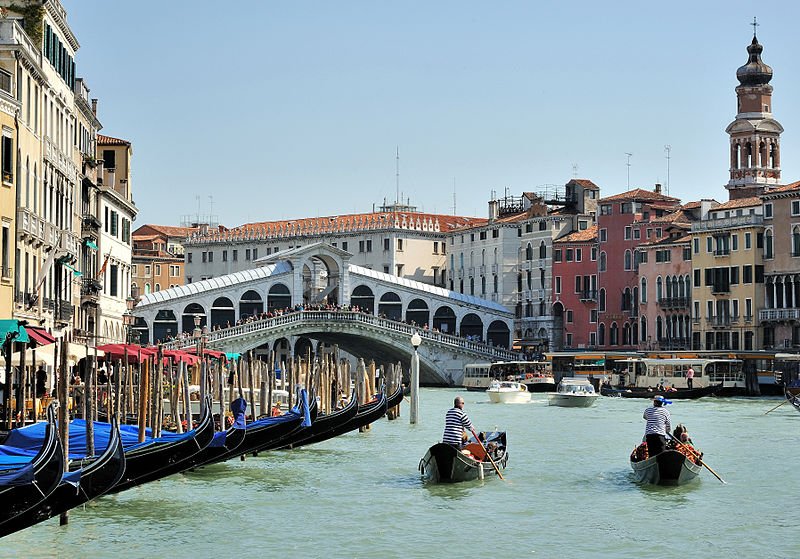 Grand Canal, Venice, Veneto, Italy, near the Rialto Bridge, Italy
Grand Canal, Venice, Veneto, Italy, near the Rialto Bridge, ItalySource: https://commons.wikimedia.org/wiki/File:Rialto_Gondoliers.jpg
Author: Saffron Blaze

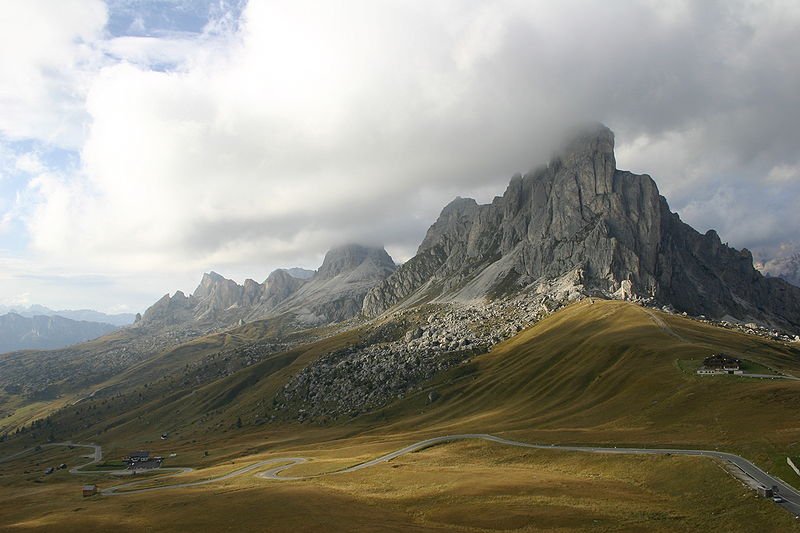 Giau Pass in the Dolomites in northern Veneto, Italy
Giau Pass in the Dolomites in northern Veneto, ItalySource: https://commons.wikimedia.org/wiki/File:Passo_di_Giau.jpg
Author: Frisia Orientalis

History of Veneto
Veneto occupies most of the area that was historically the Republic of Venice, an independent state that existed for over a thousand years until it was dissolved by Napoleon in 1796 and ceded to Austria as the Venetian Province.
Administrative Divisions of Veneto
Veneto comprises seven provinces namely Belluno, Padova, Rovigo, Treviso, Venice, Verona and Vicenza.
Economy of Veneto
Traditionally regarded as a poor agricultural region, Venoto has dramatically enhanced its agricultural sector in the past 2-3 decades. Today the region is among the most productive in the country. Its agricultural products are diverse, ranging from maize and green peas to cherries, apples, sugar beets and more. It is also one of the major wine-producing regions of Italy. The Venetian plains have also been industrialized. It has plants producing footwear, food products, furniture, electronics and more.
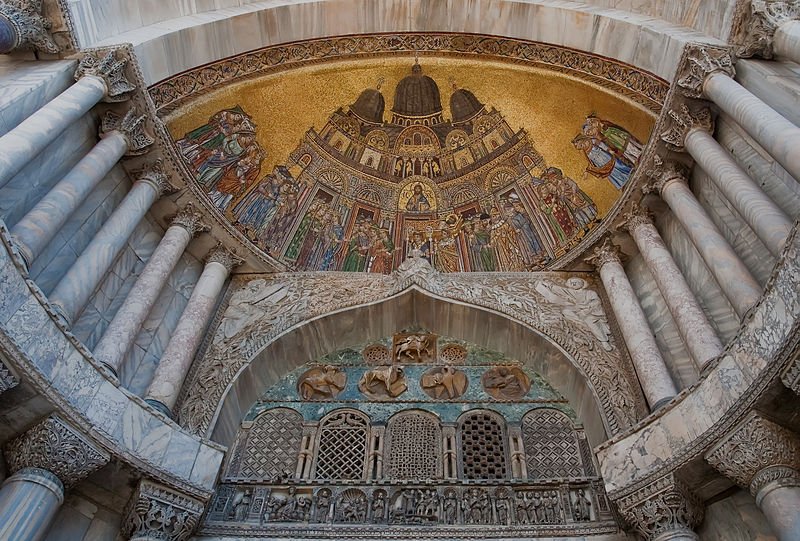 The San Alipio façade on the door of St Mark's Basilica in Venice, Veneto, Italy
The San Alipio façade on the door of St Mark's Basilica in Venice, Veneto, ItalySource: https://commons.wikimedia.org/wiki/File:San_Alipio_facade_door_of_Saint_Mark%27s_Basilica_of_Venice.jpg
Author: Roman Bonnefoy

Veneto also has a highly developed tourist industry. One-fifth of tourists to Italy visit destinations in Veneto. It attracts 60 million visitors every year, and has the second highest number of hotel rooms in the country after Emilia Romagna.
Language of Veneto
Although most people in Veneto are able to speak standard Italian, they also have their own distinctive Venetian language, which is further broken down to different dialect groups. These include the Easter or Coastal group (Venice), Central group (Padua, Vicenza, Polesine), Western group (Verona), North-Central group (Treviso) and Northern group (Belluno, Feltre, Agordo, Cadore, Zoldo Alto).
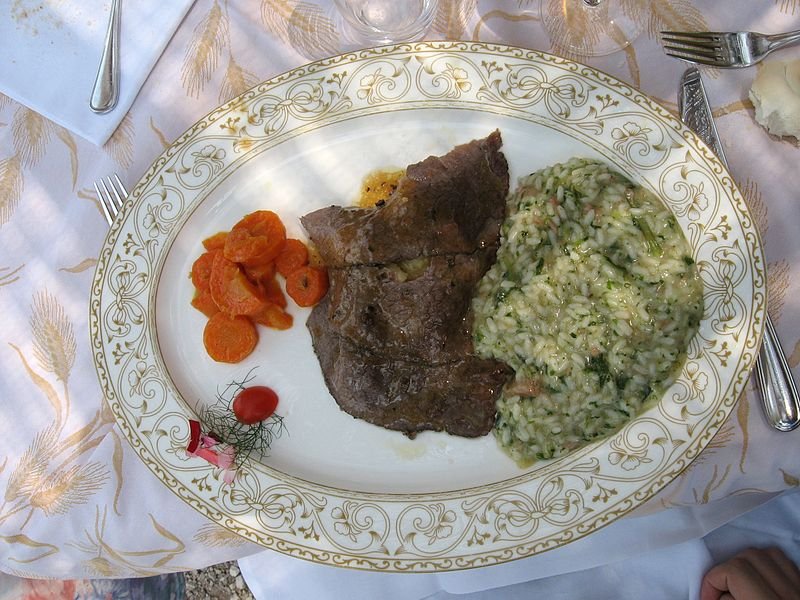 Cuisine of Vicenza, Veneto, Italy
Cuisine of Vicenza, Veneto, ItalySource: https://commons.wikimedia.org/wiki/File:Vicenza_2007-(55).JPG
Author: Senpai

Veneto on the map
The A4 motorway passes east-west through Veneto, linking the cities of Verona and Padua while skirting the coastline near Venice as it heads towards the border with Slovenia.Location of Veneto on the map
 Latest updates on Penang Travel Tips
Latest updates on Penang Travel Tips

Copyright © 2003-2025 Timothy Tye. All Rights Reserved.

 Go Back
Go Back